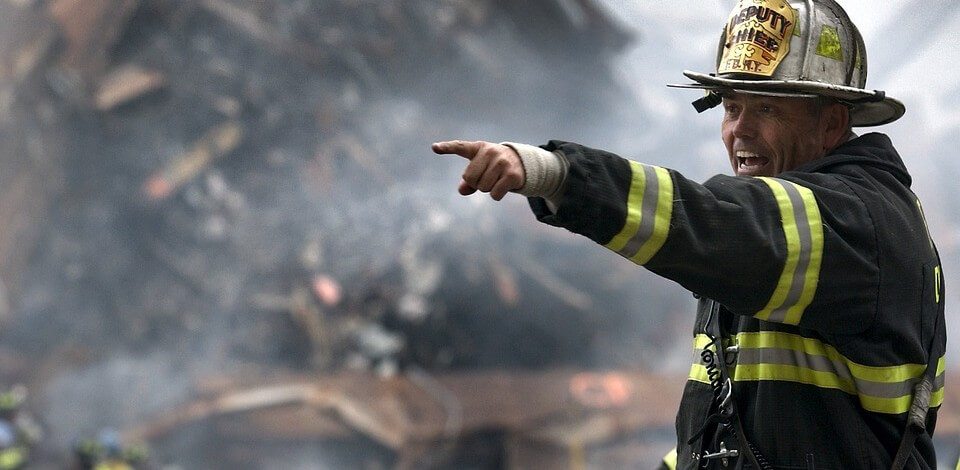21st Century Terrorism: Silicon Valley is not the answer
In the wake of the bombings at Maalbeek Metro station and Zaventem airport, it seems that the lives of many Belgians will not return to normal for months. Reportedly, in 2016, there have been no less than 532 terrorist attacks across 39 countries which have killed thousands of people and injured many more. This includes the devastating attack at a park in Lahore, which killed a disproportionately high amount of women and children on Easter Sunday – a chilling message to Muslims and the rest of the world – Da’aesh are indiscriminately targeting civilian hotspots and it doesn’t look like it is going to stop.
As part of the investigation, the individuals involved in these acts have been communicating through messaging services such as Whatsapp and iMessage. The reason why this is important, as evidenced by this TED talk, is that these services are crucially encrypted, which means that they cannot be easily intercepted, not even by Apple. You have all probably heard about the open letter from Tim Cook, the CEO of Apple, where he refuses to create a “backdoor,” or route, for the FBI to intercept communications on their services. In a world where most telecommunications can be intercepted because of the existence of these backdoors, these services function as the last pillars of protection to the wider populations’ personal conversations.
when the terrorists are using the same platforms, how can we keep ourselves safe?
However, in the case of terrorist cells and management, they can be a weapon. In the days following the bombings, a video was released on Facebook portraying young Belgians celebrating the attacks with the following text message sent to young men in the Molenbeek area: “My brother, why not fight the westerners? Make the right choice in your life.” Reports suggest that they were sent from an untraceable pre-paid phone to disaffected Belgo-Moroccan men in the area to try and recruit them. This gives rise to the idea that these attacks are a systematic way to target the heart of many European, Middle-Eastern and Asian countries, as well as using the subsequent Islamphobic sentiment to recruit more youth to the cause.
This paints a very scary picture; not just for ordinary people, but especially for Muslims who have been disproportionately highly affected by the attacks, even in Belgium. In the aftermath, many people turn to technology to call for help, so when the terrorists are using the same platforms, how can we keep ourselves safe?
Most mobile networks inevitably fail at the high volume of engagement in a disaster zone, so people turn to social media. Facebook have used the Safety Check and temporary profile picture functionality, although this has been heavily criticised for its editorial control, with the Brussels and Paris attacks seemingly taking precedence over Lebanon and Turkey. Twitter trends have proved incredibly powerful, the most notable being #porteouverte (meaning open door) in the wake of Paris, but the downside was that the genuine tweets of those wanting shelter were lost in the oasis of complimentary tweets advertising the system – the cruellest of ironies.
If the traditional systems do not prove to be useful or highly controversial, how do we arm ourselves electronically in the wake of impending attacks? Well, the answer doesn’t lie in the tech hubs of California or London, but more influentially in the heart of the disaster zones that are struck, but always receive less attention. A graduate from Beirut, Sandra Hassan, has developed the I Am Alive app which syncs to your networks and sends out a Thunderclap-style message to all of your family and networks to let everyone know that you are safe. It is now active in over 25 countries.
the answer doesn’t lie in the tech hubs of California or London
Terrorist attacks do not just have an immediate impact, but can create a chaotic environment for local people in these damaged communities. The Women Under Siege project in Syria is a fantastic example of changing perceptions here – creating maps that document incidents of abuse through crowd-sourced funding and engagement – to make sure that evidence is available for prosecutions when the war finally ends. In response to this success, similar projects have been set up in Egypt and India.
This is just a small insight into the world of grassroots technology that is actively tackling the terrorist threat that Da’aesh poses. While many are still having the conversation about how to tackle the terror cell from Silicon Valley’s point of view, it is important to remember that if we open our eyes, we can see that the solutions are coming from all across the world. If we believe that the answers are solely going to come from Tim Cook, Jack Dorsey or Mark Zuckerberg, then the chances are that we are going to be sorely disappointed.


Comments